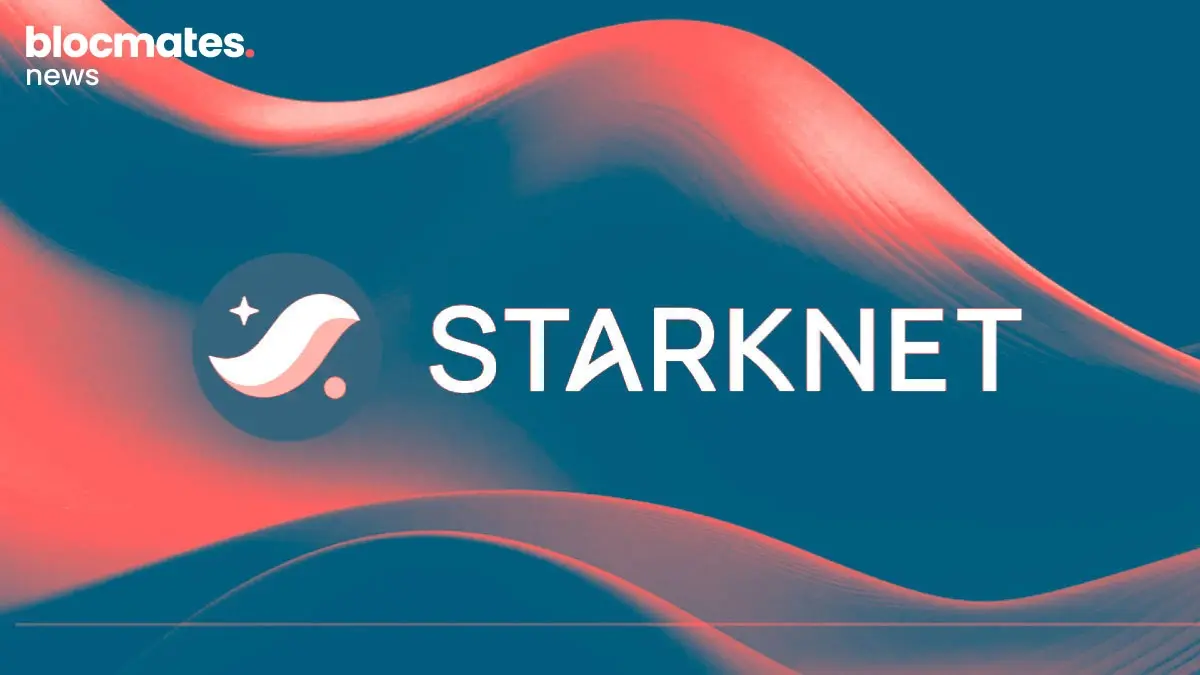This industry has come a long way.
Just a few years ago, it was a bunch of Twitter anons trading on clunky interfaces shouting into the abyss, “THE INSTITUTIONS ARE COMING.” Fast-forward to today, the institutions have actually come.
With the launch of ETF products and other on-chain products built by crypto-focused teams, TradFi institutions are dipping their toes into the crypto pool. But at the same time, crypto-native institutions like market makers continue to grow and dominate order-flow volume in the industry.
With each passing cycle, we attract increasingly sophisticated organizations, which gradually makes our markets more efficient.
Any shred of common sense will tell you that this trend is not going to end anytime soon. In fact, the pace of institutional adoption is only going to increase, especially since governments across the globe are working out regulatory frameworks for crypto.
But there is one major issue. Yup, you guessed it. The majority of institutional activity revolves in-and-around centralized platforms.
Look, we can keep harping on about the ideals of decentralization, trustlessness, self-custody, transparency, and so on. But, at the end of the day, this is a market. In a market, the only thing that matters is liquidity.
The major chunk of activity stems from where most capital is directed.
Another issue with institutional money, specifically on-chain, is regulatory hurdles. Institutions still remain gunshy due to lack of regulatory clarity, which prevents them from allocating capital as freely as they would have otherwise liked to.
Beyond RWA products, we rarely see institutional involvement in on-chain products.
As institutional money in crypto keeps increasing. It will eventually lead the way, prompting retail to follow suit.
So, the game will ultimately become all about attracting institutional capital, regardless of being on-chain or off-chain.

The Radix dilemma
In our previous article on Radix, we covered the entire product suite from start to end.
If you read that (I highly recommend you do, if you haven’t), then a couple of things are obvious. The end-to-end user experience is nailed, the retail onboarding experience is nailed, the developer experience is nailed, there is a strong ecosystem, and the rewards/incentives mechanisms are sustainable.
The issue is that despite having a really good product, they have not reached the deserved level of value or seen the expected level of capital influx.
With the infrastructural backbone in place, the RDX Works team was ready to rethink their strategy for attracting well-capitalized players and ultimately bringing more users into the ecosystem.
The core of the issue, as is often the case, was liquidity.
Institutions will not deploy capital on chains with low liquidity because execution becomes a major issue. With institutional capital not there, retail users will not come because they would rather be active on chains where there is more capital because the potential for upside is much higher.
With the lack of liquidity, optionality becomes an issue.
Yes, every ecosystem will have tokens for native projects on-chain, but users will also be attracted by the ability to trade some of the more popular assets that may be native to a different chain. Again, with poor liquidity, they will simply trade these assets elsewhere.
So yeah, the liquidity issue is big, but it’s just one side of the coin. Another thing to keep in mind is solving the liquidity problem with regulatory compliance in mind.
If you want to attract big institutions, you have to accept that they have their hands tied by regulations. They will only be able to deploy significant capital if regulatory uncertainty is removed.
Once these two barriers are eliminated from the equation, we’ll have the perfect environment for institutional involvement in on-chain crypto.
The solution that Radix will be employing for this is called flash liquidity.

What is flash liquidity?
Flash liquidity is a mechanism by which any crypto asset, regardless of its native chain, can be made available and liquid for trading on Radix.
The underlying mechanism to facilitate something like this is referred to as just-in-time liquidity, or JIT for short. If you aren’t aware of what this is, allow me to simplify it.
Typically, on-chain liquidity is in a liquidity pool. This pool either has two assets or multiple assets and the amount of each asset in that pool makes up all the liquidity for that specific trading pair. You with me so far?
The issue is that when the same token is traded across multiple pools on multiple chains, liquidity gets fragmented. Lower liquidity in each venue leads to worse trade execution overall (other than for arbitrage bots).
Additionally, providing liquidity on-chain leads to impermanent loss, which often dissuades prospective liquidity providers. This makes it almost impossible to compete with professional market makers on centralized exchanges like Binance.
However, JIT liquidity provides a solution.
Rather than relying on liquidity in one specific pool and users being willing to take on the impermanent loss risk, liquidity can be more reactive to orders.
Using order-matching systems off-chain, liquidity can be sourced from any source, centralized or decentralized, to match a user's specific needs and be provided “just-in-time” to fulfill the order, effectively removing issues with on-chain liquidity.
Let me explain it with an example from the Radix orbit, and it may click better.
Imagine that you’re an avid Radix user and are active within their ecosystem. With most of your funds there, you see news that Elon tweeted about PEPE. You don’t have time to bridge out and long on a CEX or Ethereum. Luckily, with flash liquidity on Radix, you can long PEPE there.
When you execute your trade on Radix, the tokens are instantly minted by a market maker to settle your trade on-chain. However, behind the scenes, your tokens have been minted against a line of credit that the market maker has taken from the token issuer.
Okay, you got your instant settlement, but what about the actual settlement behind the scenes?
Once the trade is finalized, the market maker settles their line of credit by paying back the underlying token within a short time frame.
So, in our example, if the market maker wanted to make PEPE available, they would’ve minted xPEPE, and later settled it by paying back PEPE.
All of this is made possible by Radix’s unique order messaging system.
The Radix order messaging system

The order messaging system is the backbone of the flash liquidity infrastructure.
There are three key elements to this system:
- Web2 style API integrations
- Subintent pool
- Solvers
The general architecture is a hybrid off-chain and on-chain model that fosters fast, cheap, and efficient transactions while also benefiting from the transparency and self-custody provided by the on-chain infrastructure.
Web2 style API integration
We all know that most liquidity resides in centralized exchanges and OTC markets. These popularly use an RFS, or request-for-stream system, where market makers can respond to orders and match them.
Integrating with similar APIs means major institutions can seamlessly integrate their market-making business into the Radix flash liquidity system. By doing this, Radix is effectively making it easy for institutions to attract billions of dollars in liquidity.
The subintent pool
Subintents are a core part of flash liquidity.
Those of you who have been paying attention the last few months may be aware that intents-based architecture has been a big topic of discussion.
The general idea behind intents is that they simplify the user experience. Intents are systems in which a user simply expresses an intent, such as “I want to swap asset A for asset B."
Without worrying about how it’s done, the backend system will automatically find the most optimal route to execute this intent.
Subintents are essentially how Radix employs this intent-based approach in its flash liquidity architecture.
This is what a basic subintent would look like:
Let’s say the asset being traded is ETH. The market makers will constantly quote different prices and slippage points for xETH, and these quotes will be streamed to the DEX. The specifications can vary, but let’s say it’s only price and slippage for now.
These transactions are signed off-chain and are essentially waiting for an order to come in and match it.
The user will receive a pre-authorization request on their Radix wallet from the DEX, effectively describing the trade and its specifications. This sounds daunting, but it’s not too different from signing a regular transaction, which most of you already do anyway on any other chain.
Once a trade with its various specifications is signed and finalized, it’s sent to the order messaging system, which then pushes it to the subintent pool.
Here is where the solvers come in.
The solvers are essentially responsible for matching the orders off-chain and then executing and publishing them on-chain. All of their business happens in the subintent pool.
So, think of the subintent pool as a waiting room for orders. The solvers are essentially the staff who organize the waiting room.
They complete the matching of the orders in this waiting room, and once the orders are matched appropriately, they are sent out of this waiting room to the Radix blockchain.
This final bundled transaction is submitted and executed on-chain, which means gas fees only have to be paid for one transaction, making the whole system very efficient.
Easy for the institutions and even easier for the users.

Okay, so you now understand how the liquidity issues are solved, but what about the regulatory aspect? Why is this new-look Radix better suited for institutions?
Well, allow me to introduce you to Instamint.
What is Instamint?
Instamint is a piece of technology powered by Instabridge and is effectively the machine that makes flash liquidity for these different/cross-chain assets possible.
Yes, it’s a great piece of technology, but arguably its greatest benefit is that it is a VASP-regulated token wrapping service. Being VASP-regulated means that now, even tier-1 institutions can interact with it without having to worry about regulatory scrutiny.
The general workflow of Instamint looks like this:
It is essentially a credit-based system that allows market makers to mint tokens by taking short-term lines of credit from Instabridge. Of course, the obvious concern is that if market makers take this credit, there is an element of counterparty risk.
Therefore, the market makers who use this system will have to be vetted and undergo KYB and AML checks before they are eligible to use Instamint.
Now, before all your centralization red flags start flaring up, we have to accept that some things are necessary. Counterparty risk is a major issue, and TradFi has good systems in place to manage it. Therefore, we can learn from their practices and make our systems a little more safe.
The kicker is that institutions will be willing to go through these checks simply because participating in flash liquidity will be the most capital-efficient way to use their money. They don’t constantly need to worry about parking or moving money on-chain — they can just use credit lines.
Once a market maker is approved, they can now use Instamint to provide liquidity.
Suppose the asset they are providing liquidity for is BTC. Instamint will allow them to mint xBTC to fulfill a specific trade, and Instabridge will cut an equivalent amount of credit from the market maker.
After settlement, the market maker has to simply pay back the underlying (BTC) within hours, and they are good to go.
Currently, Instabridge allows minting assets like BTC, ETH, USDC, and USDT, but you can expect plenty more assets to be added to this arsenal very soon.
Instamint is essentially a cross-chain infrastructure that is completely abstracted away, thanks to the order messaging system. Only market makers need to worry about interacting with it, while users can live comfortably knowing that they essentially get access to a plethora of coins with deep liquidity.
This is a huge bonus for market makers, especially bigger institutions because it is a source of clean money on-chain. With regulatory uncertainty still being a big issue for them, they can set up their Instamint operations knowing fully well that it is safe and VASP-regulated.
Concluding thoughts
This new flash liquidity system is going to be an absolute game-changer for Radix.
For starters, tier-1 institutions looking to provide liquidity can now take advantage of this system to deploy significant amounts of capital and market make on Radix. It is regulated and efficient, allowing them to source liquidity from centralized and decentralized sources.
The direct benefactor of this increased liquidity and activity will be the average degen like you and me.
The majority of the assets that you want will be ready and available for you to trade on a chain with cheap gas fees. Liquidity and execution will not be an issue since now big money can freely participate in this fluid system. Long story short, the trenches can also eat good.
Lastly, even DeFi developers will benefit greatly.
Liquidity is everything in DeFi. Be it a DEX, a lending market, or a perps protocol, liquidity is paramount.
Being able to tap into the liquidity from this new flash liquidity system will mean that DeFi projects have a much higher likelihood of not only surviving but thriving, thus making Radix a more attractive venue for developers.
The Radix team is absolutely cooking, and not enough people are taking notice. You don’t need to take our word for it, just look at some of their launch partners.
They have already tied-up with top market-making institutions like Keyrock, G-20, and Portofino. They have also partnered with ClearLoop, the largest off-exchange trading venue — which is a staple for institutional clients — and have also recently wrapped up a partnership with BitPanda.
You get the point, the Radix guys are serious.
Now, all that’s left for you to do is pay attention and get ahead of the rest.







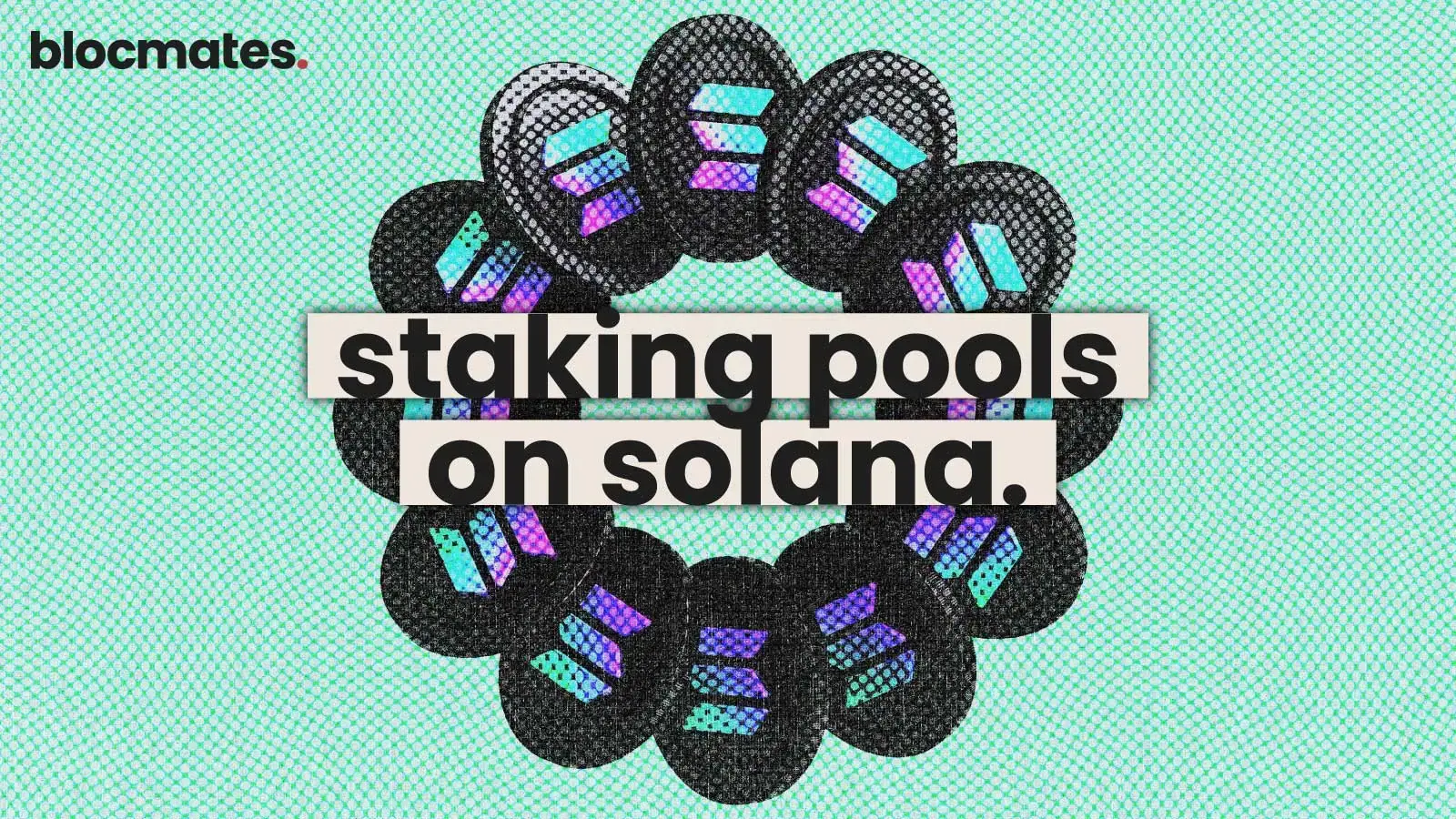



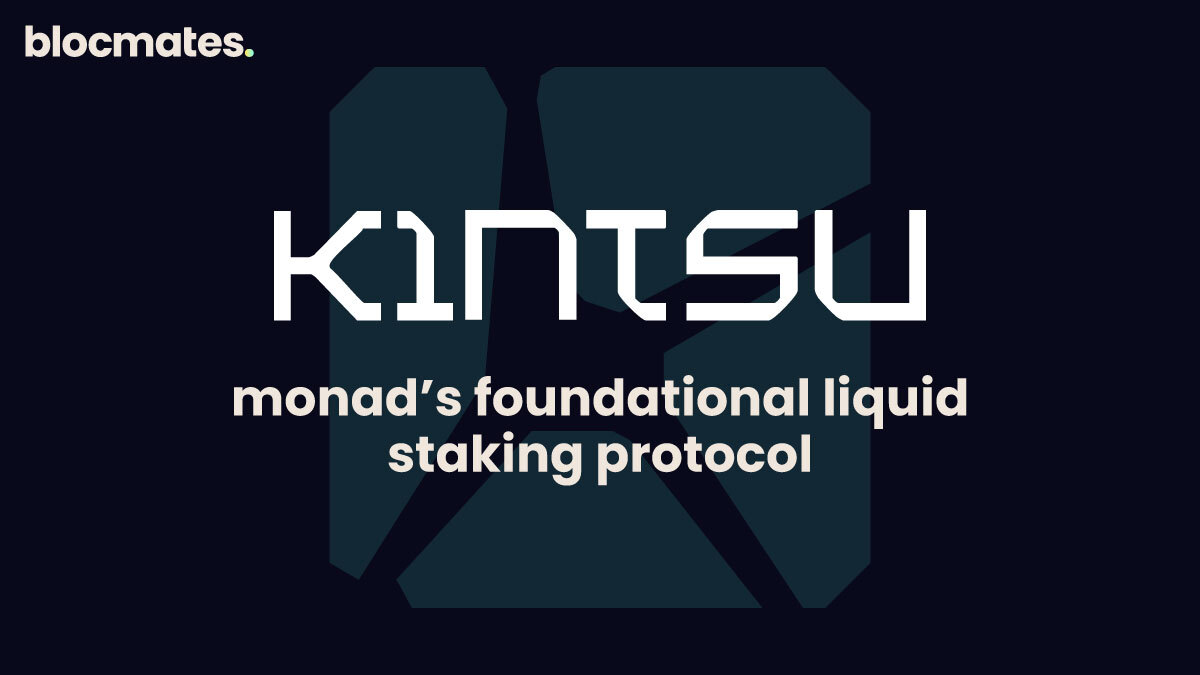

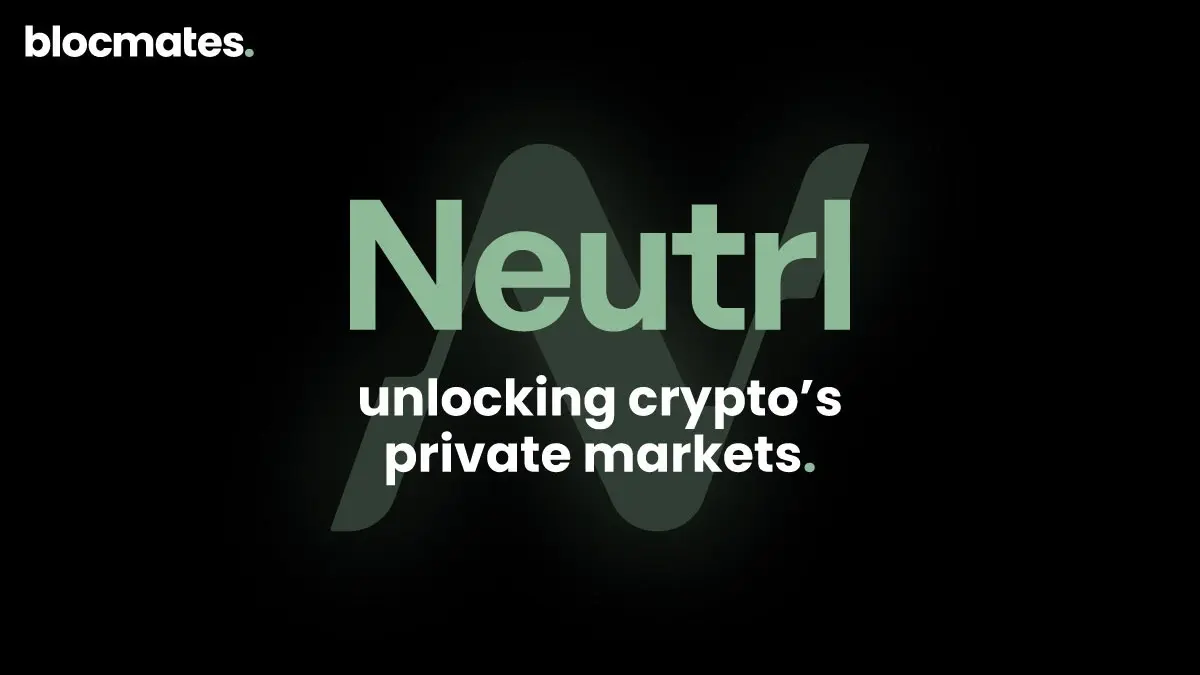


.webp)

.webp)
.webp)

%20(1).webp)

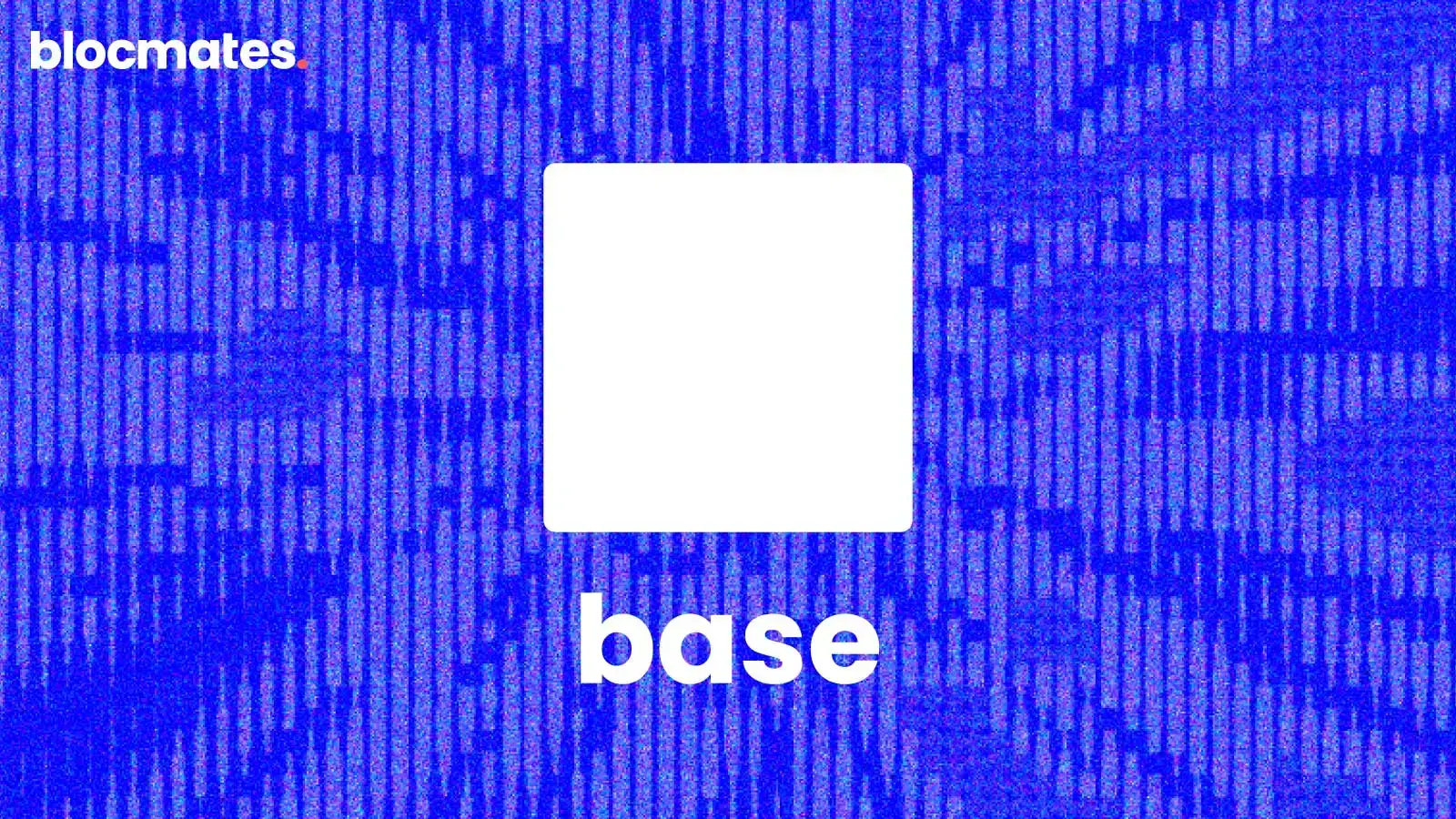
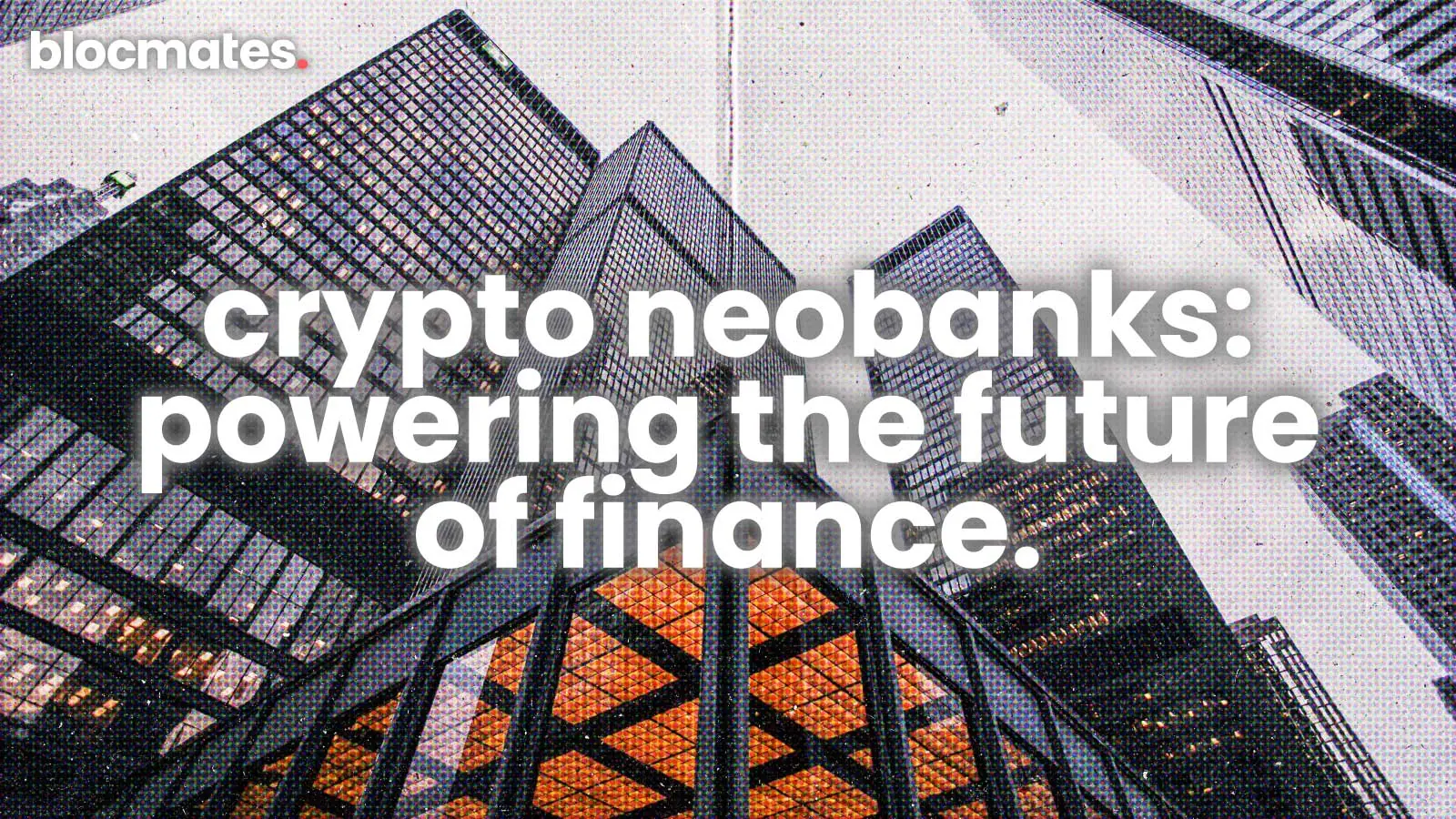


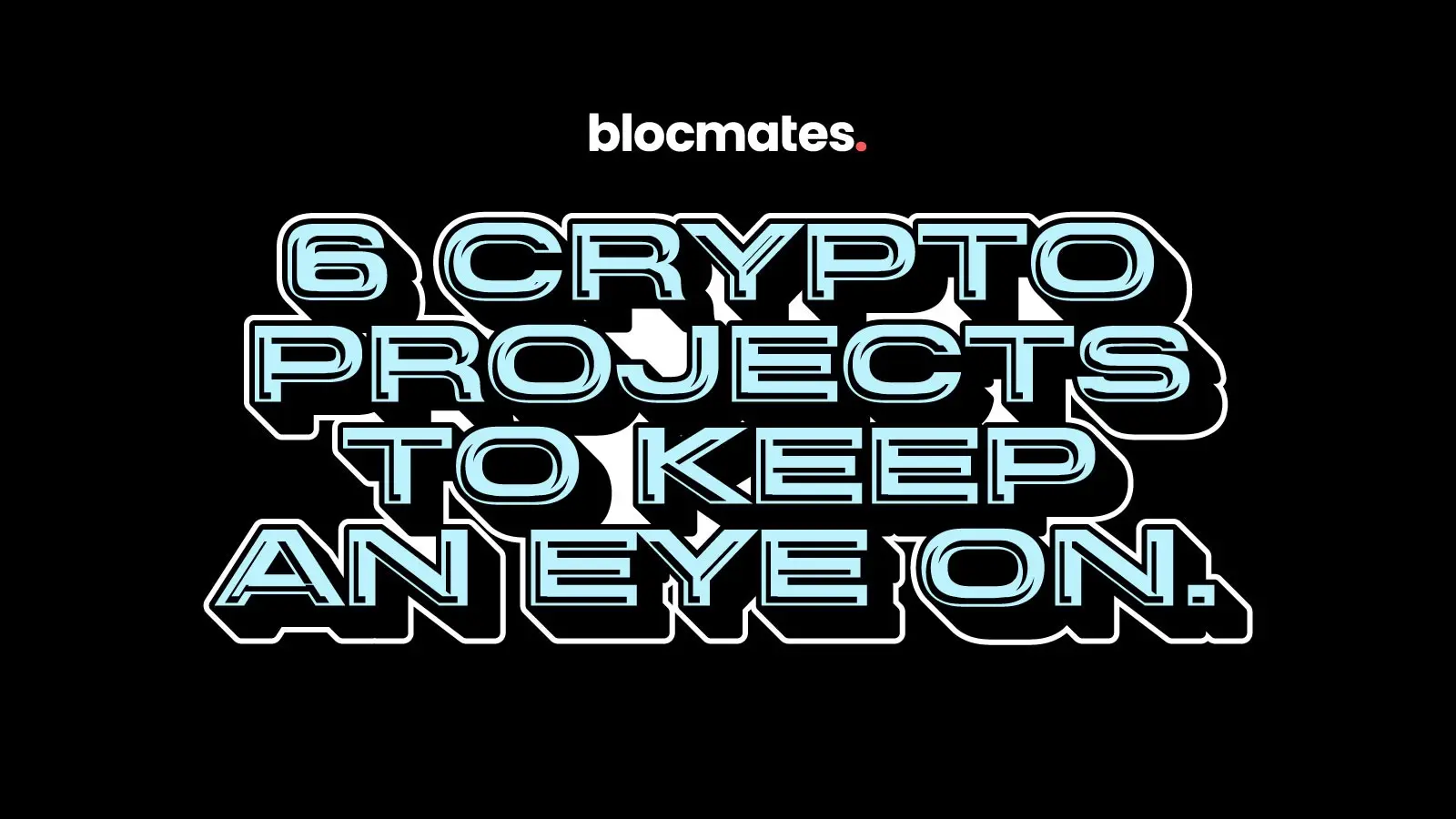
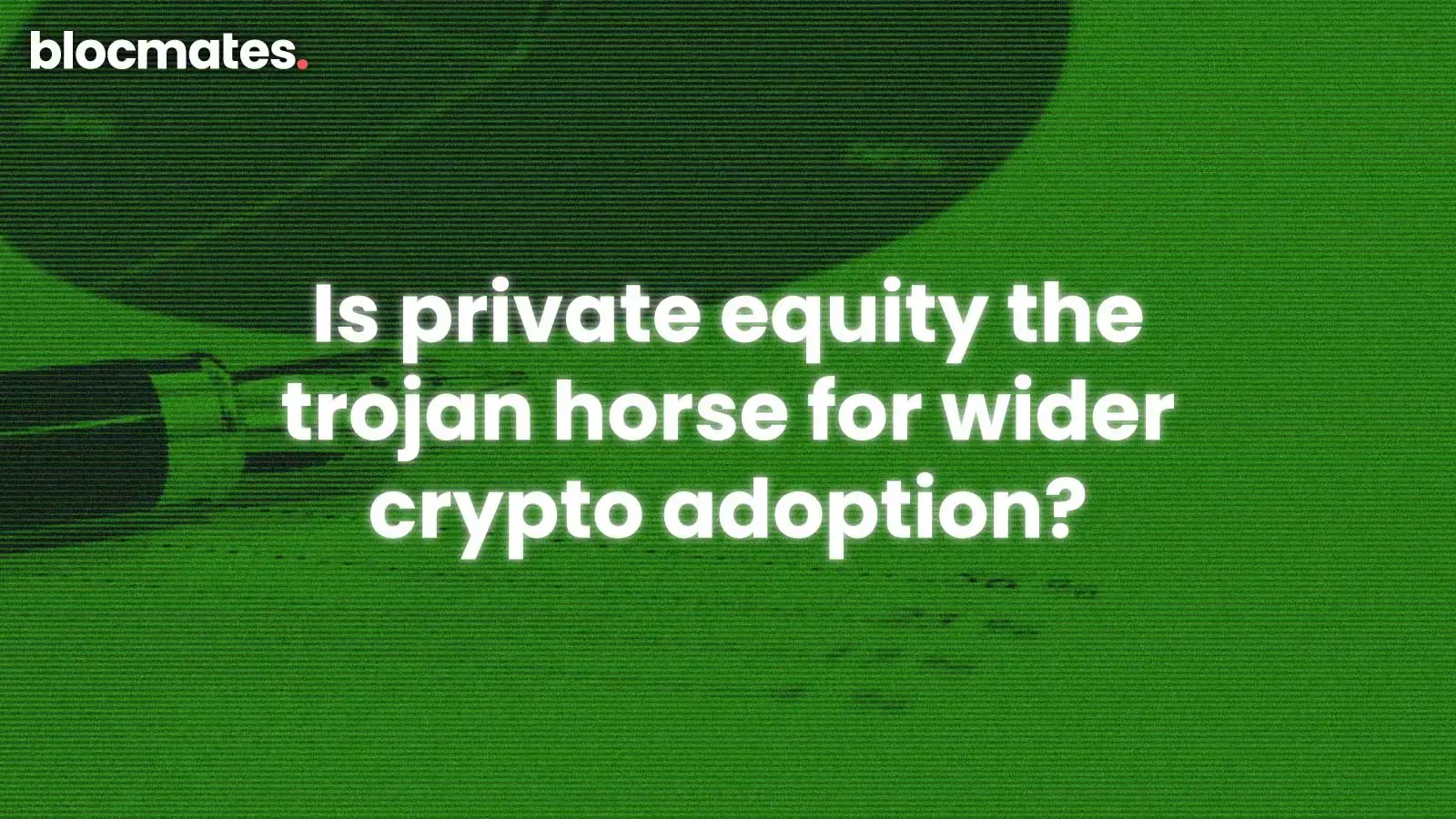


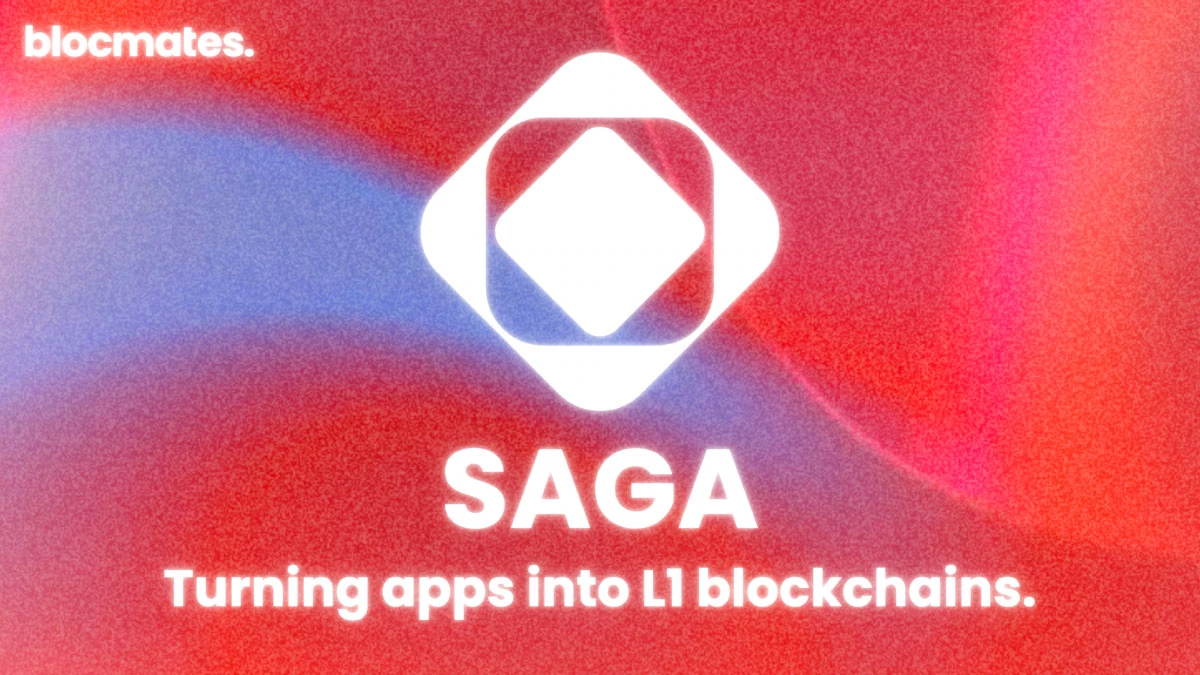


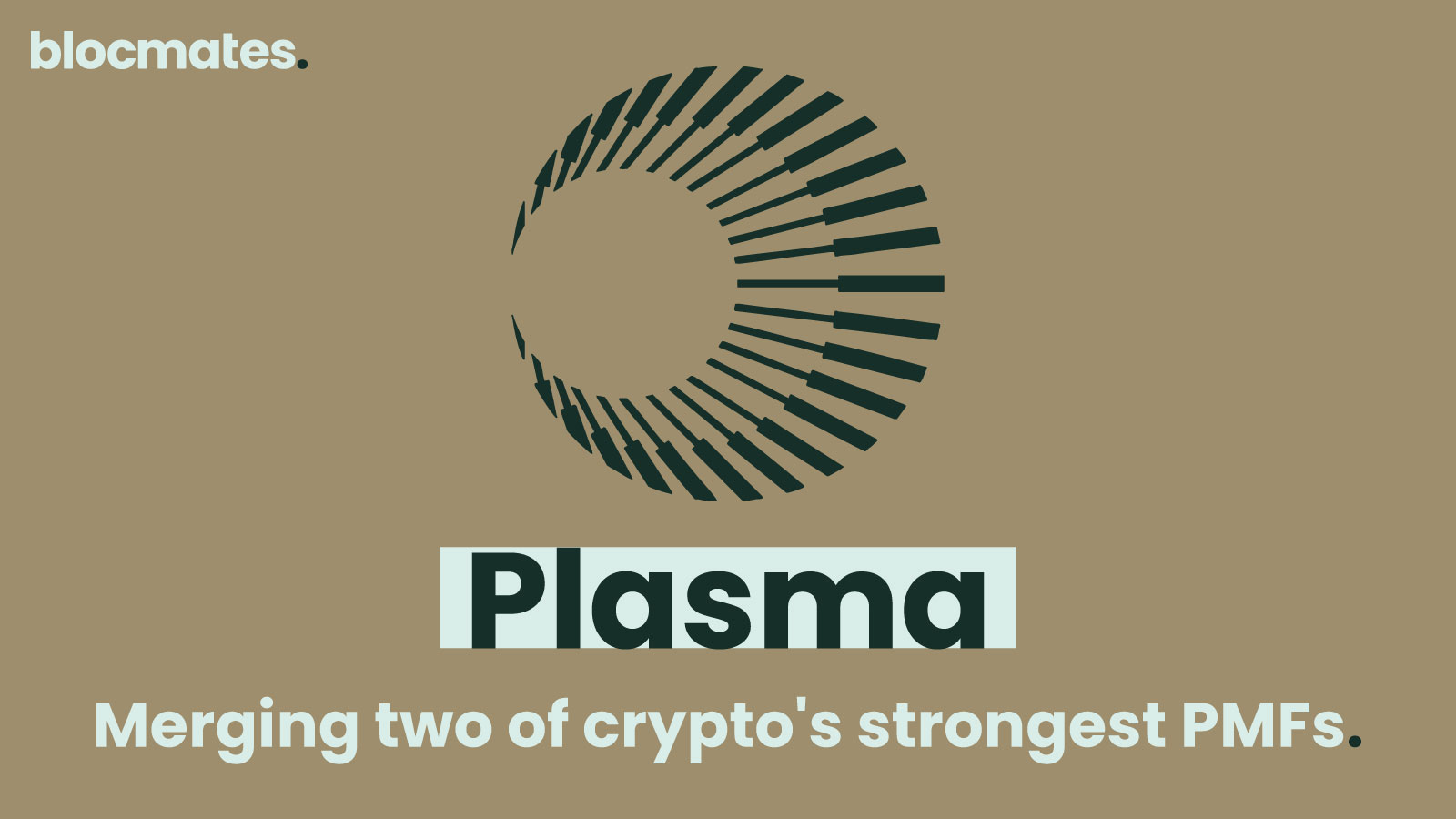

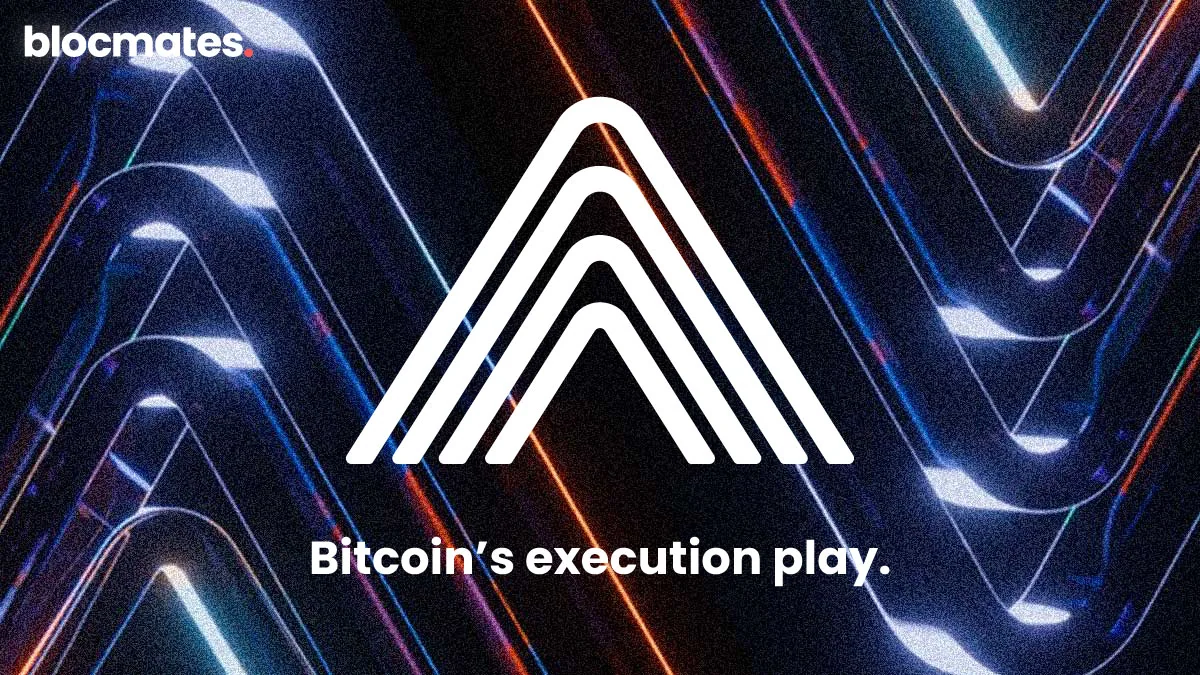

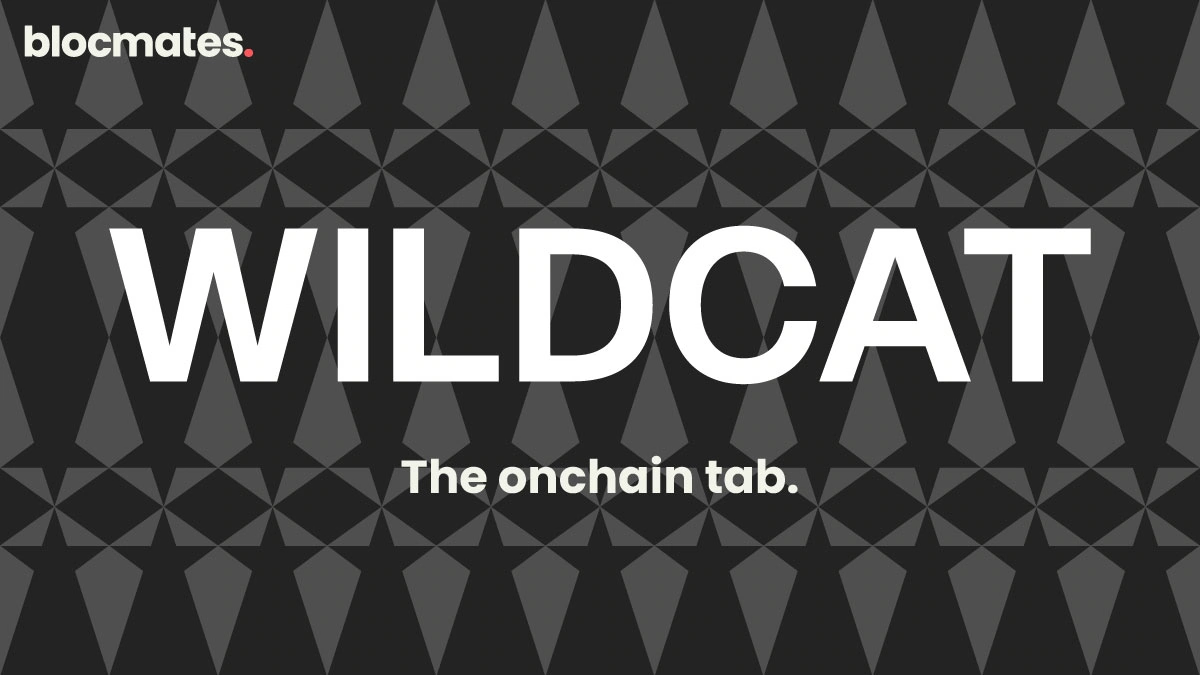
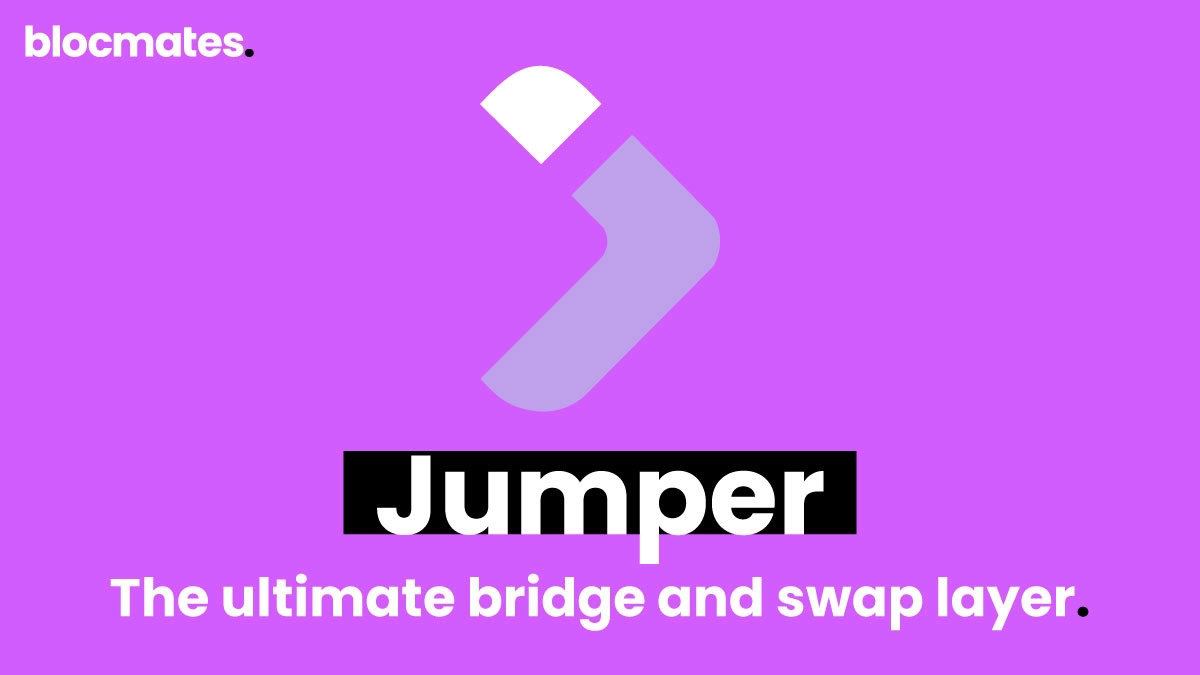
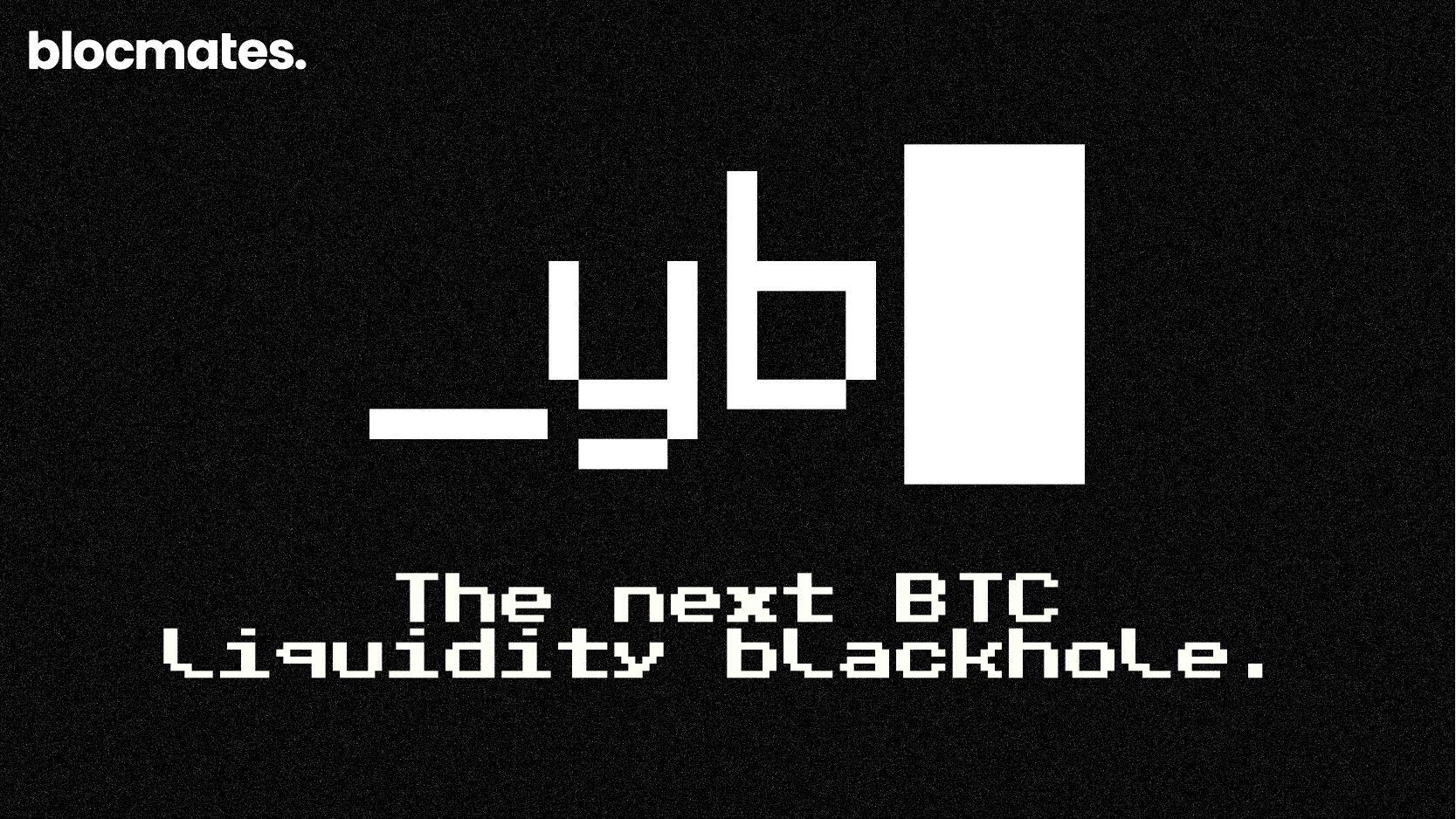
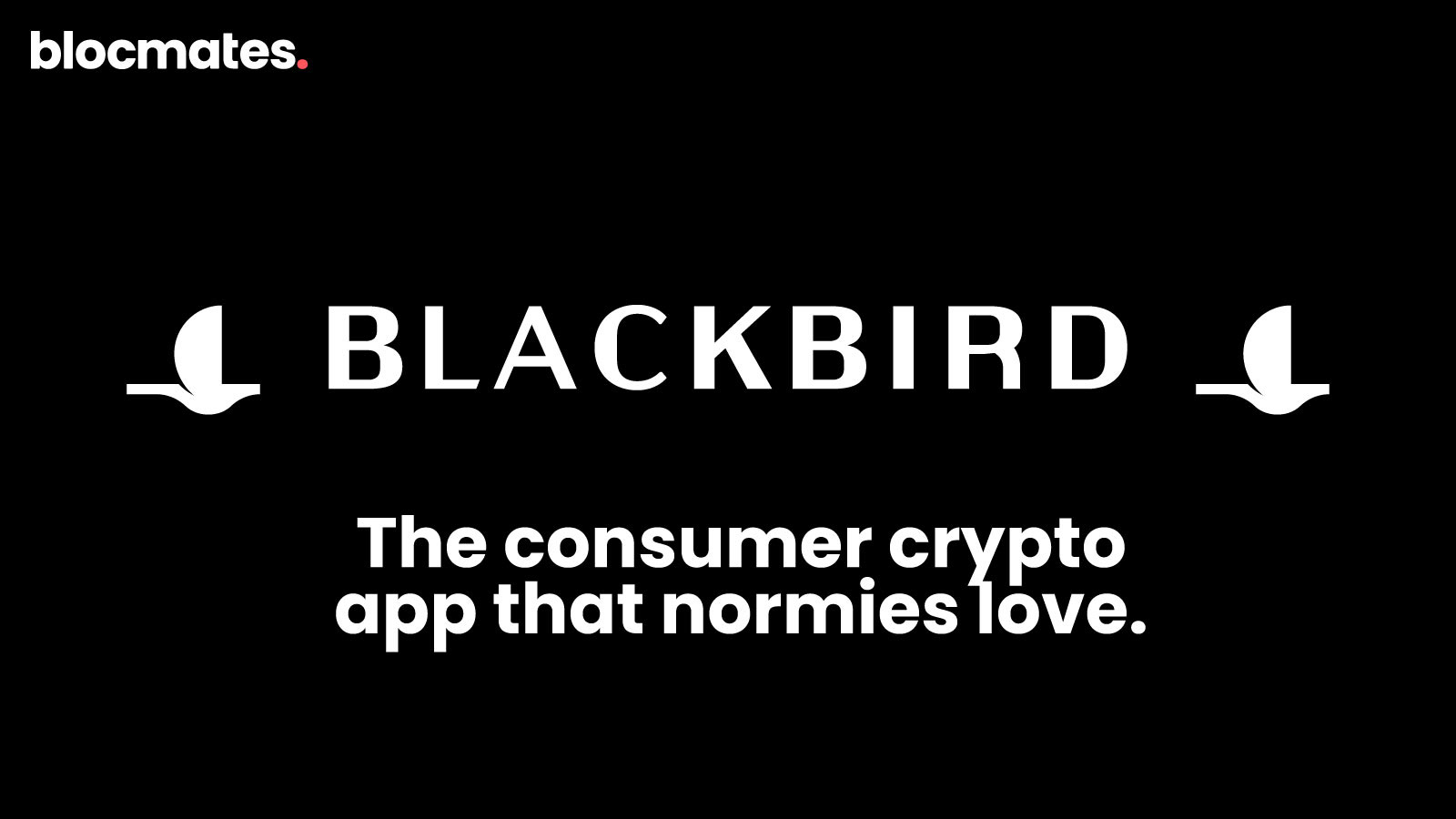
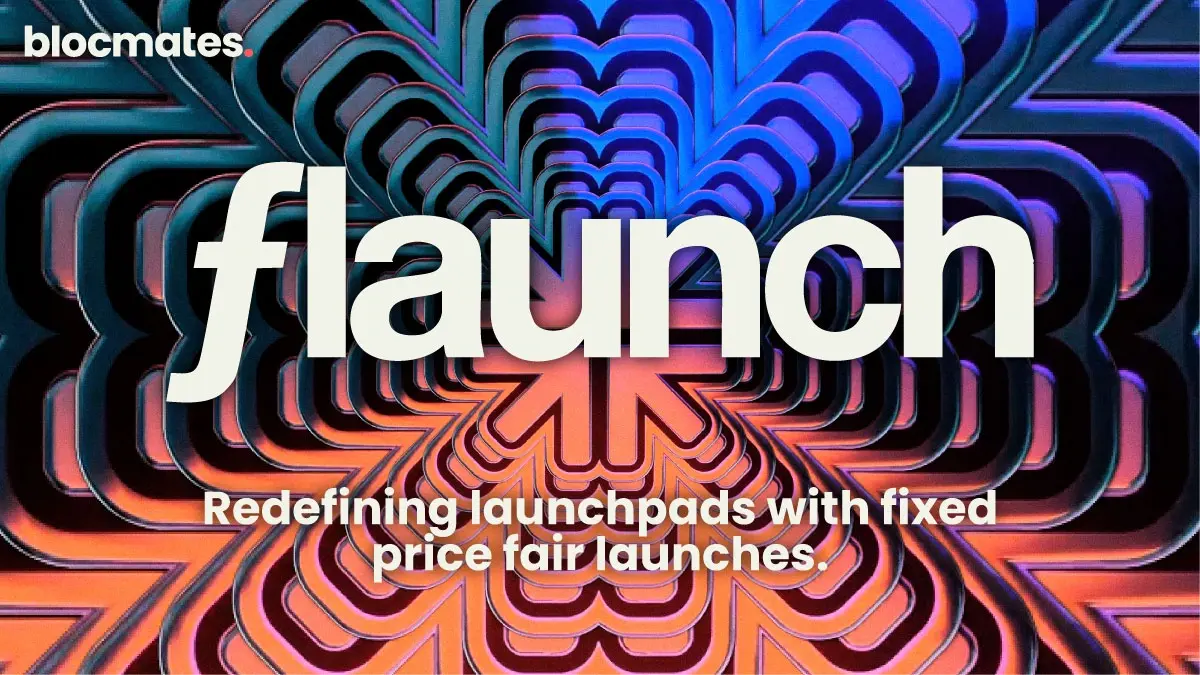

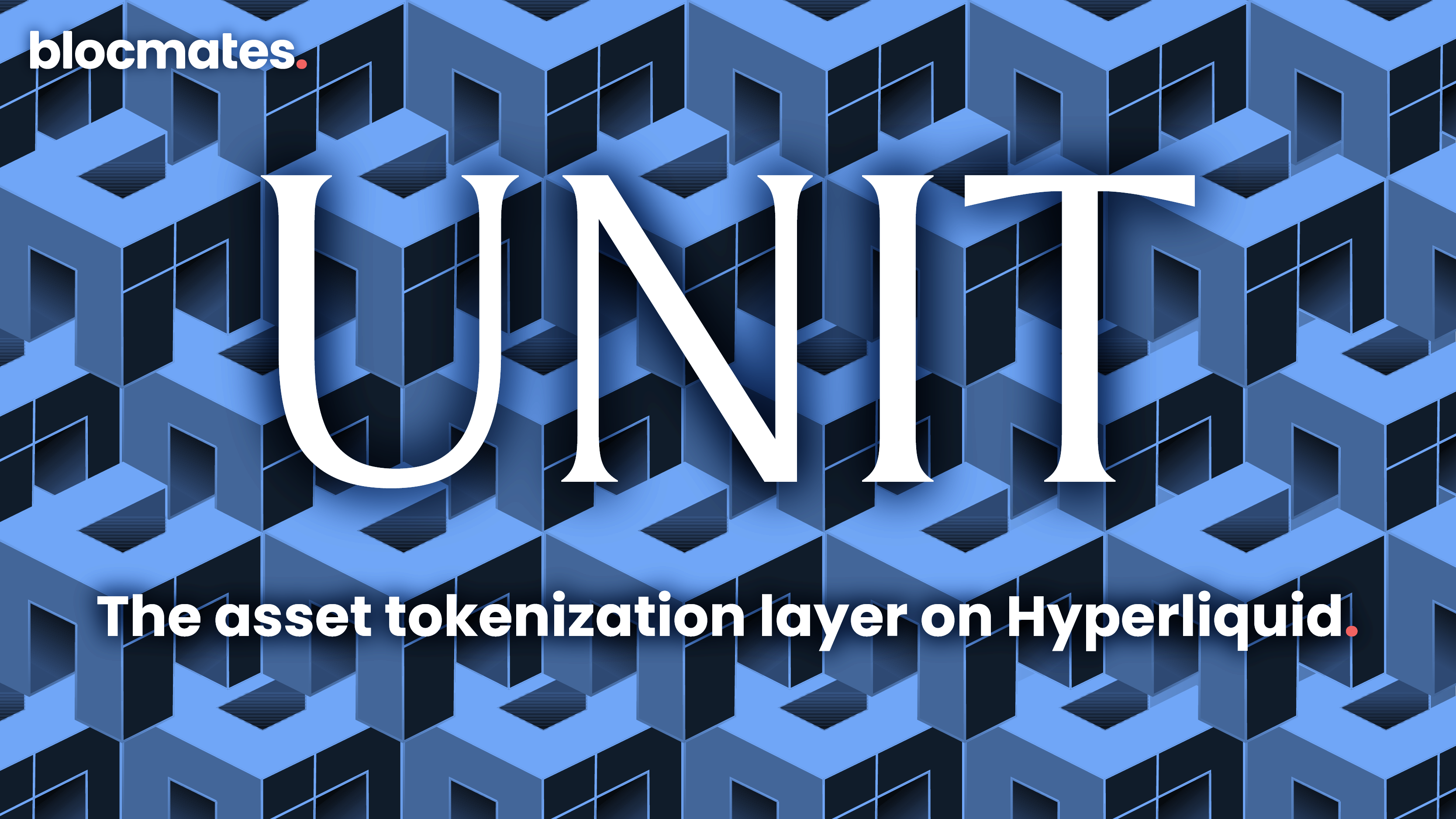




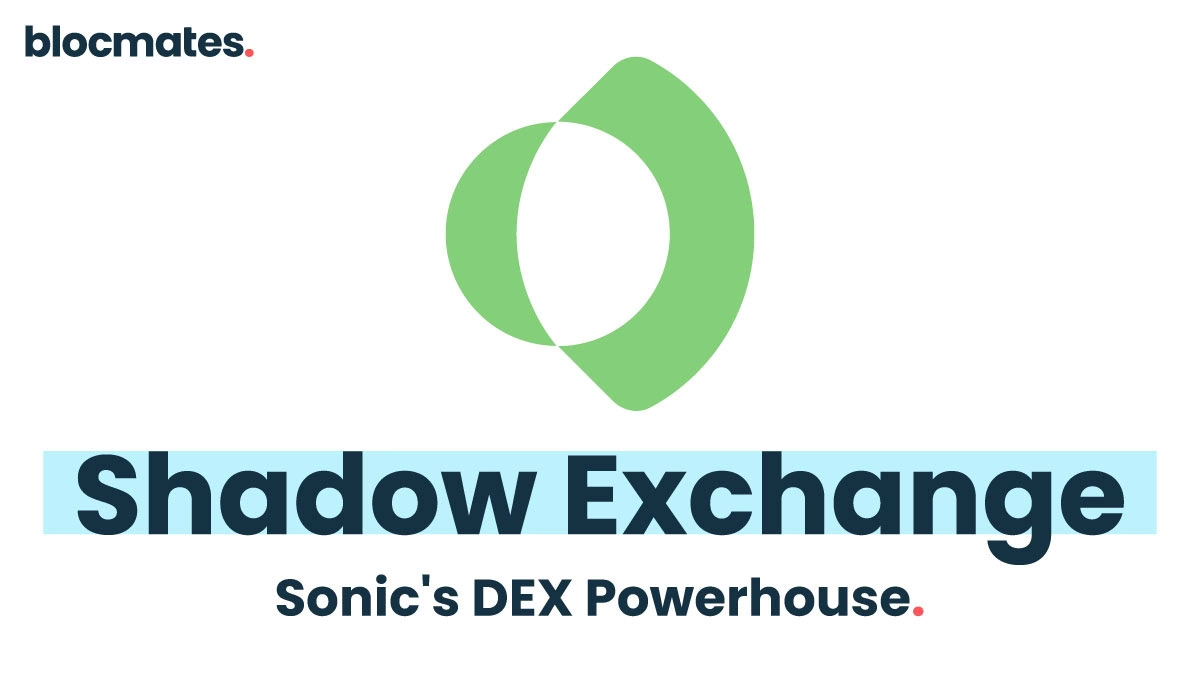


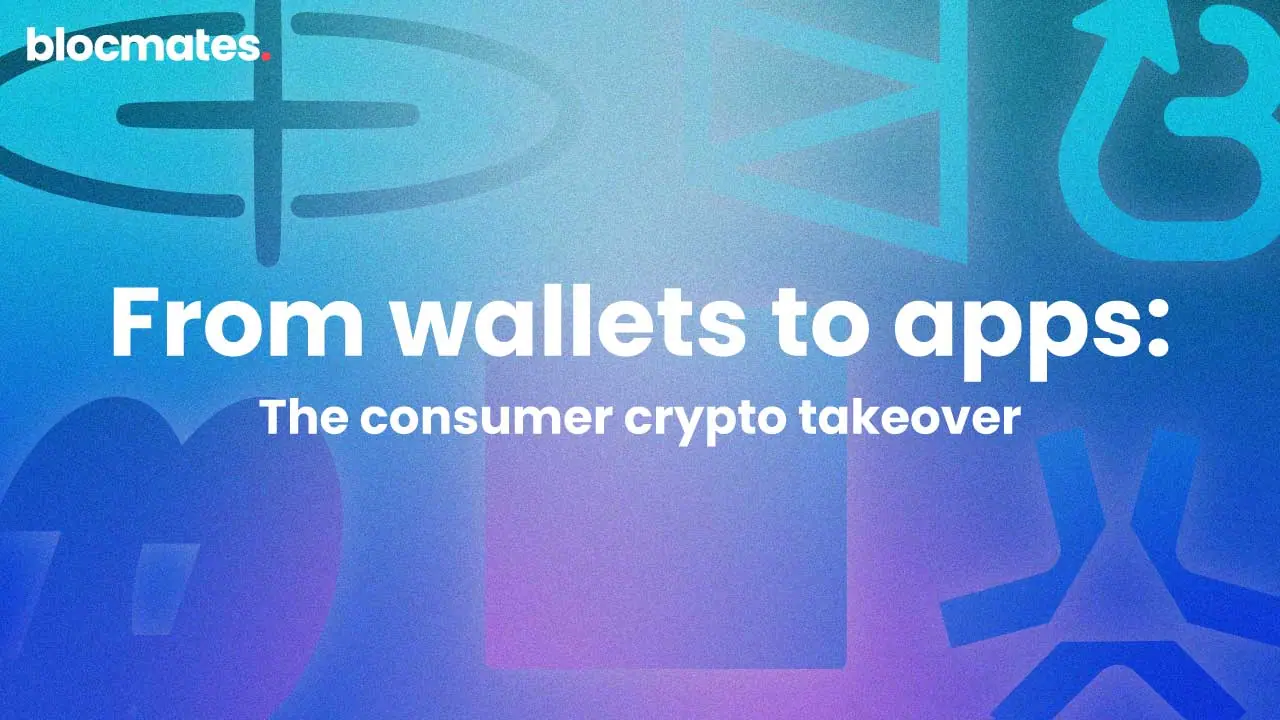







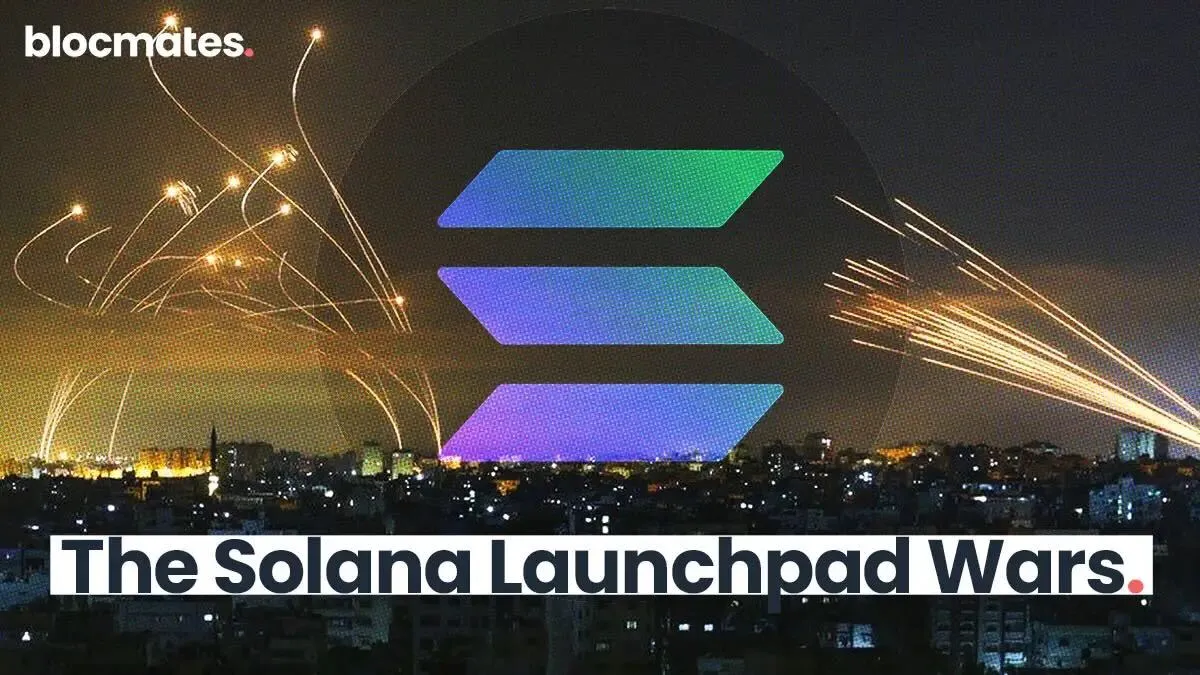




















%202.webp)


.webp)

.webp)
.webp)
.webp)



.webp)












%20the%20Next%20Big%20Unlock%20in%20AI.webp)



.webp)
.webp)

.webp)
.webp)
.webp)


.webp)
.webp)










.webp)


.webp)









.webp)







.webp)
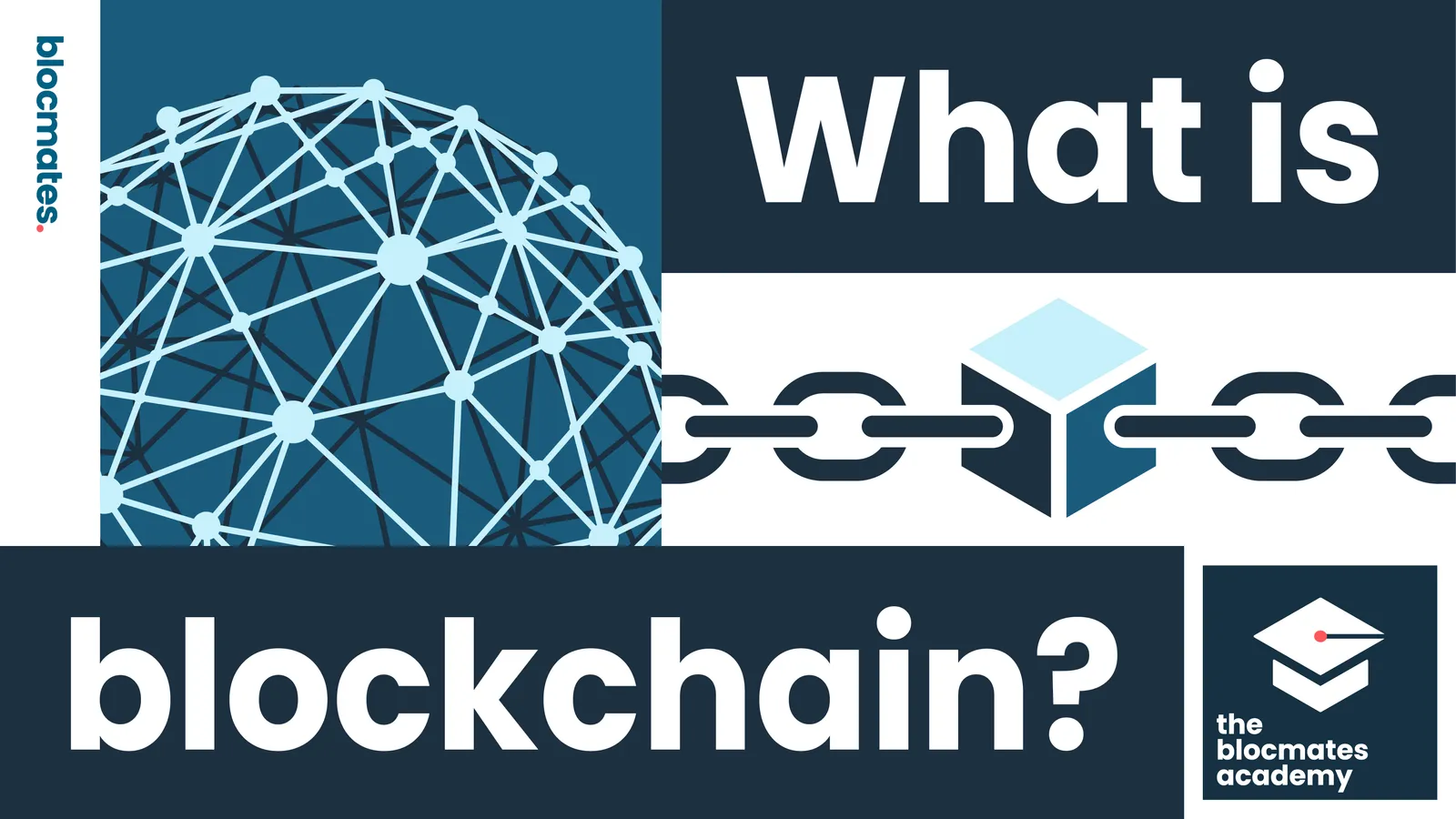



.webp)


























.webp)
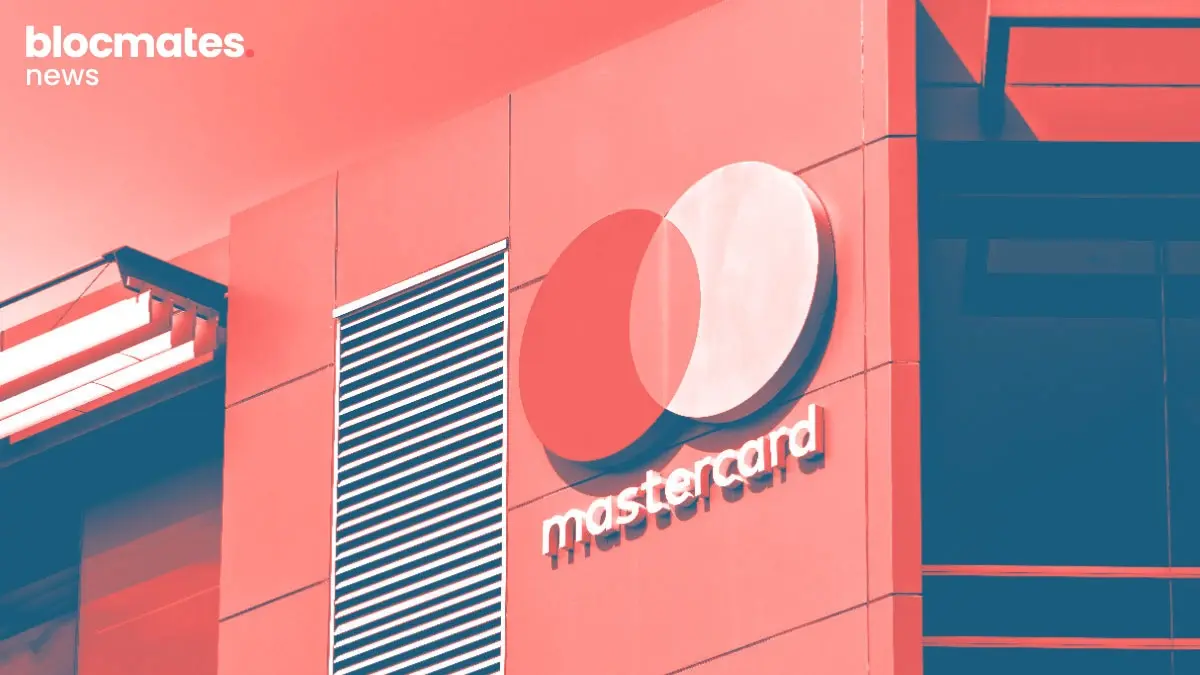






.webp)




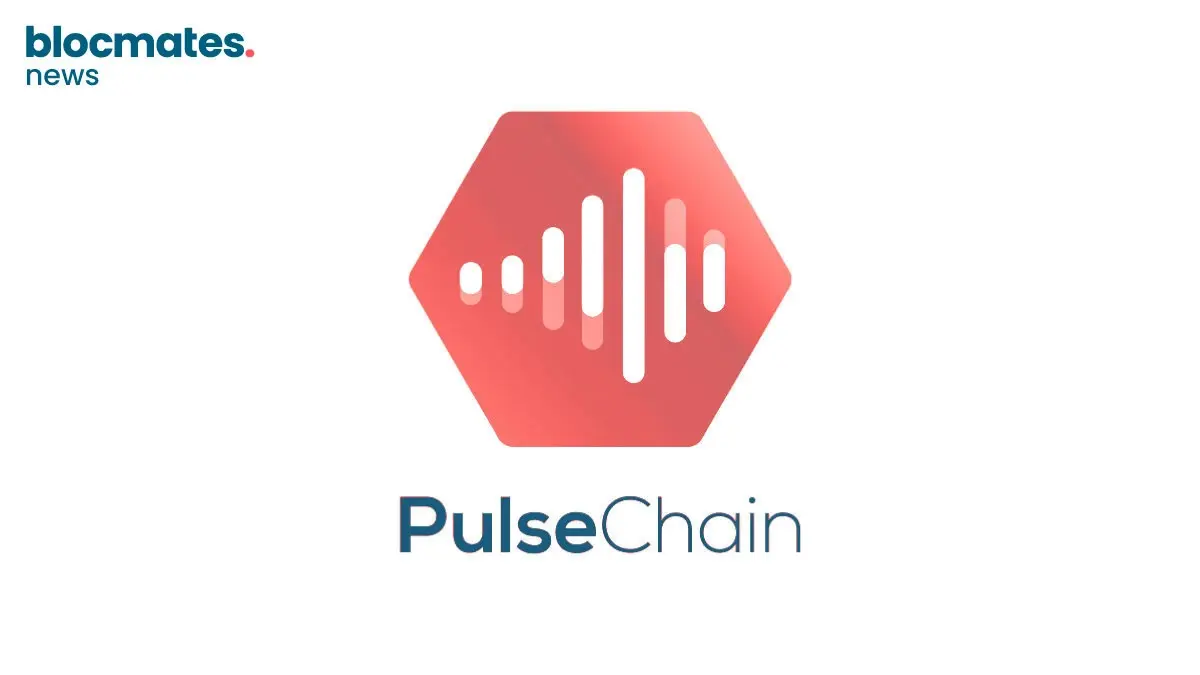
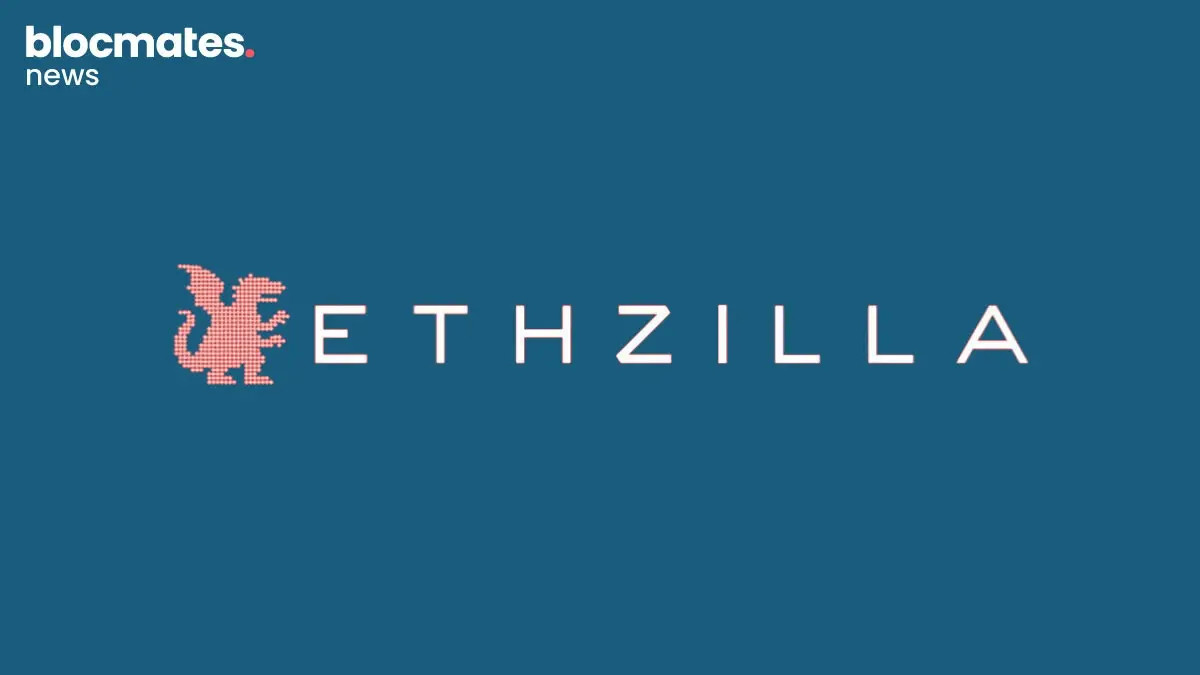
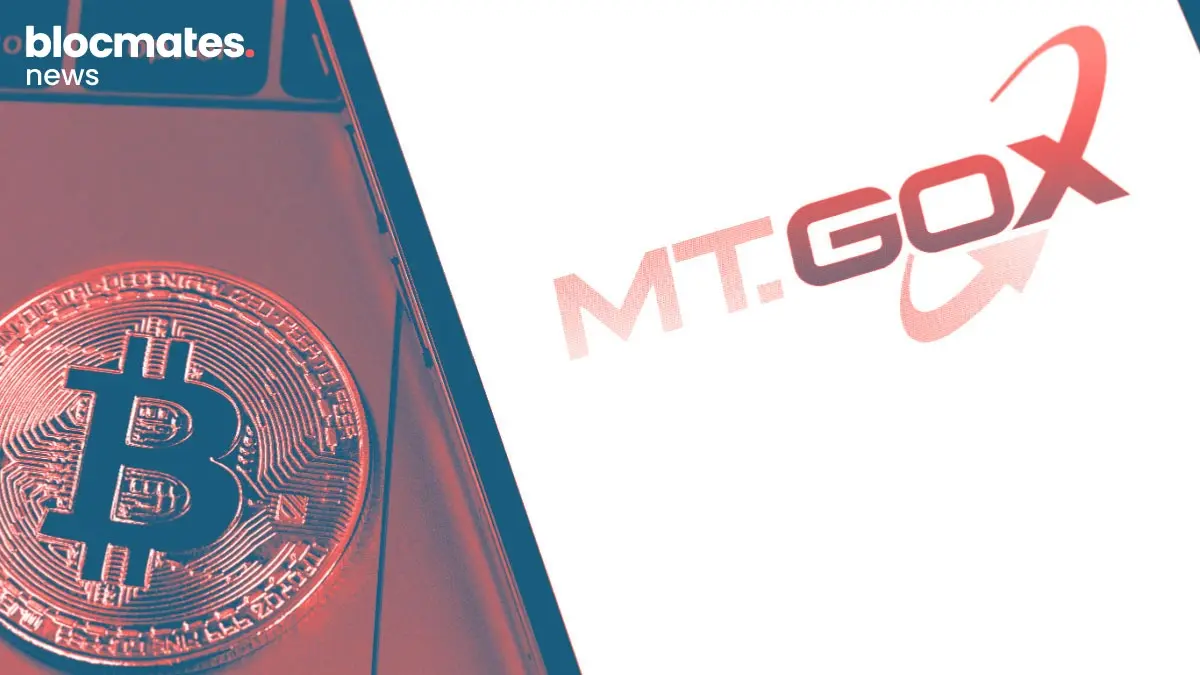




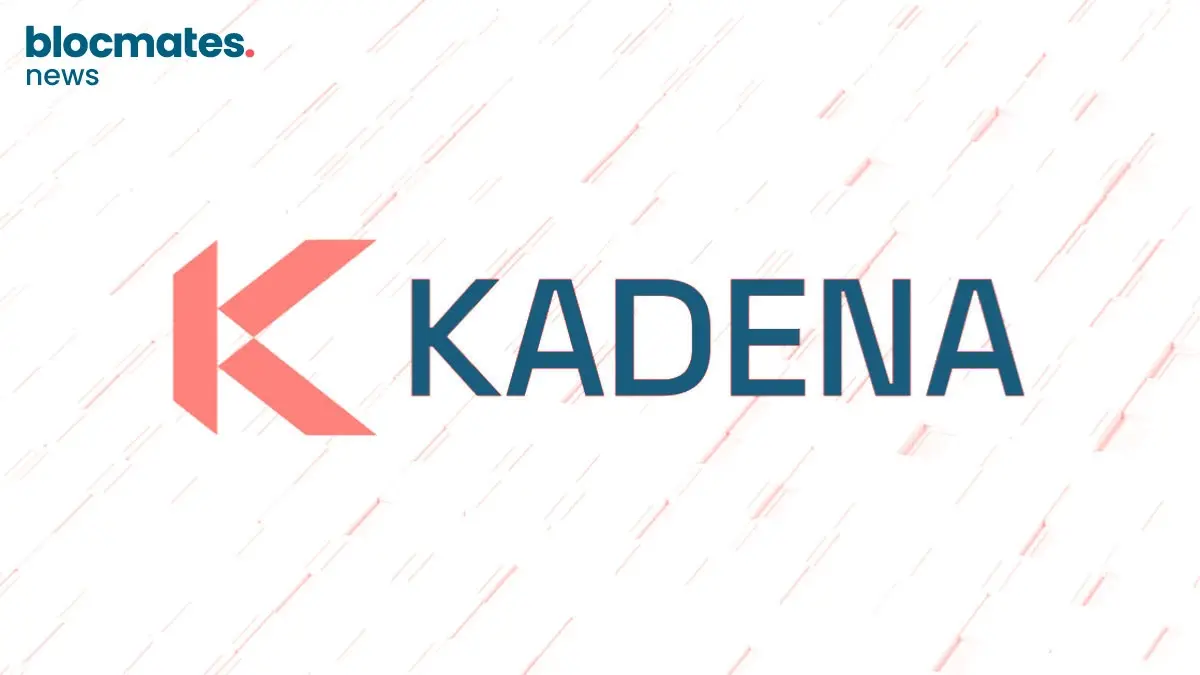

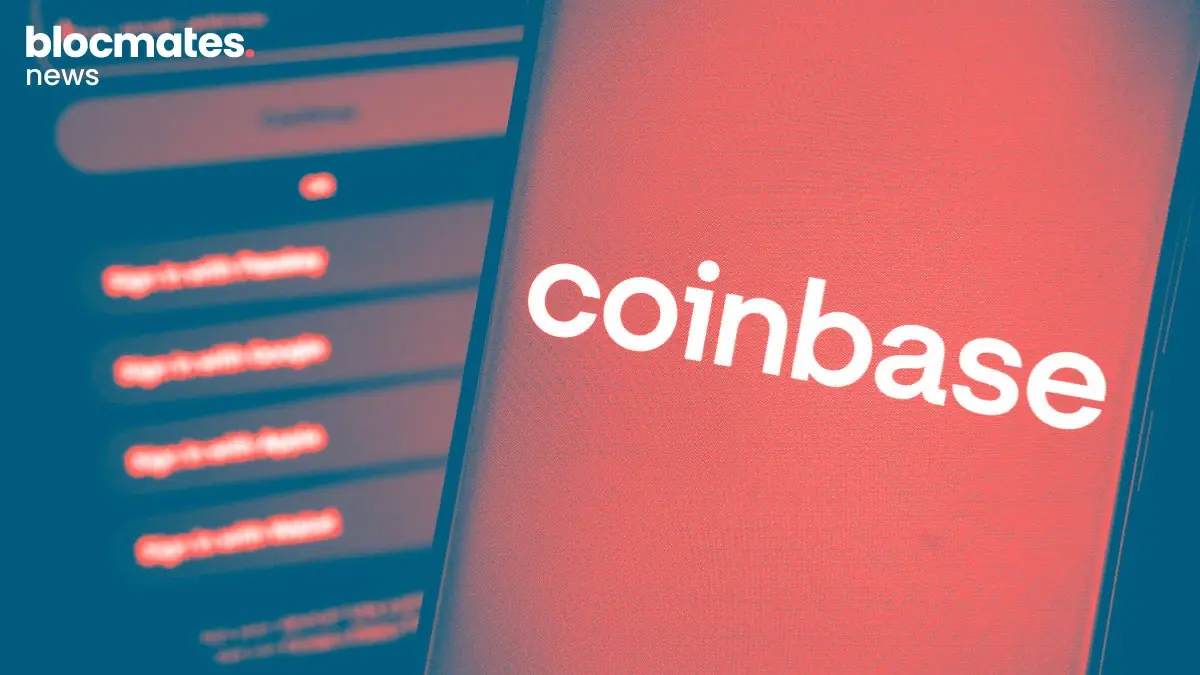
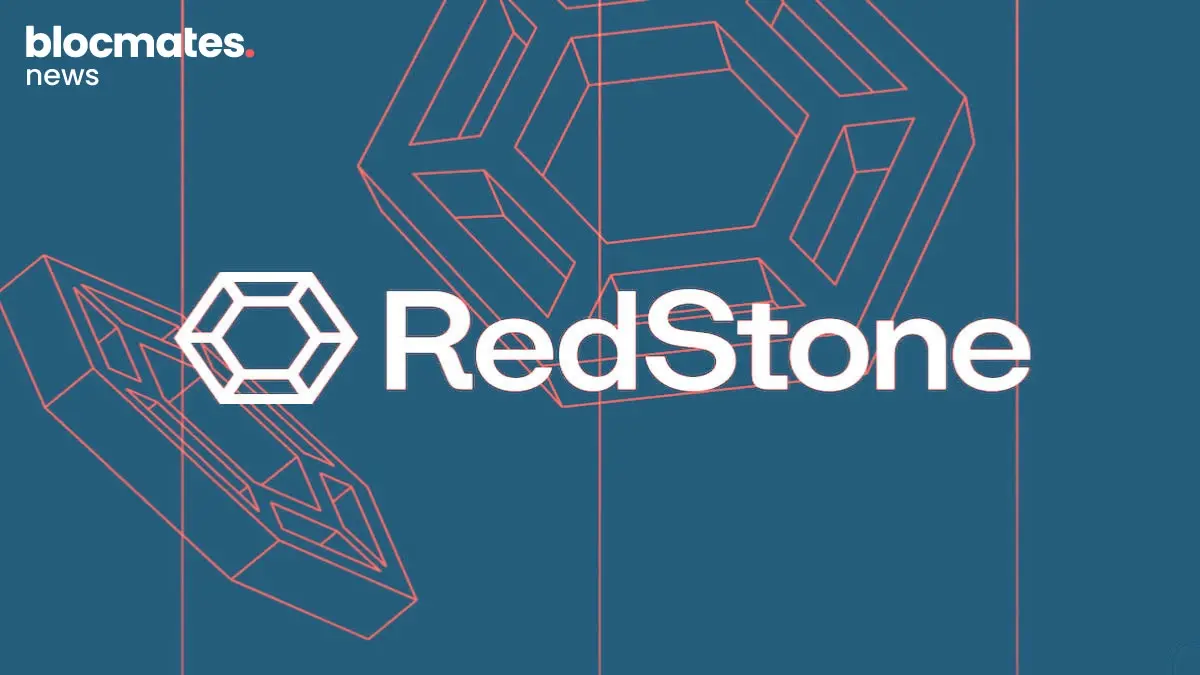
.webp)

.webp)
.webp)

.webp)


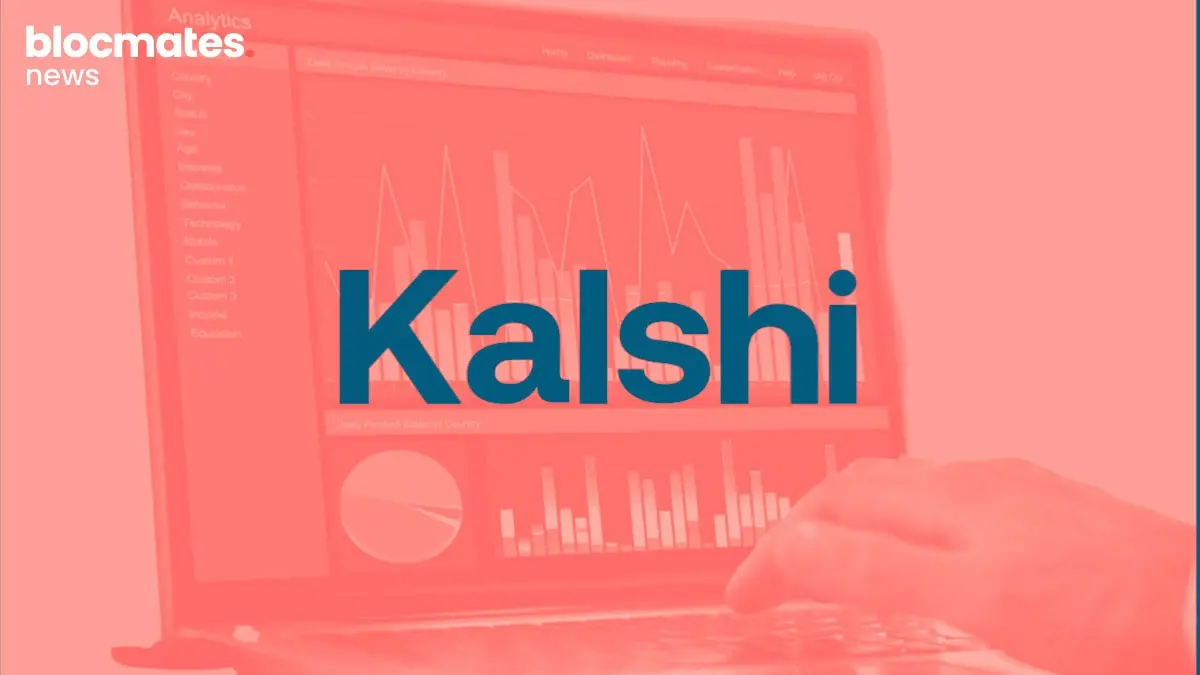








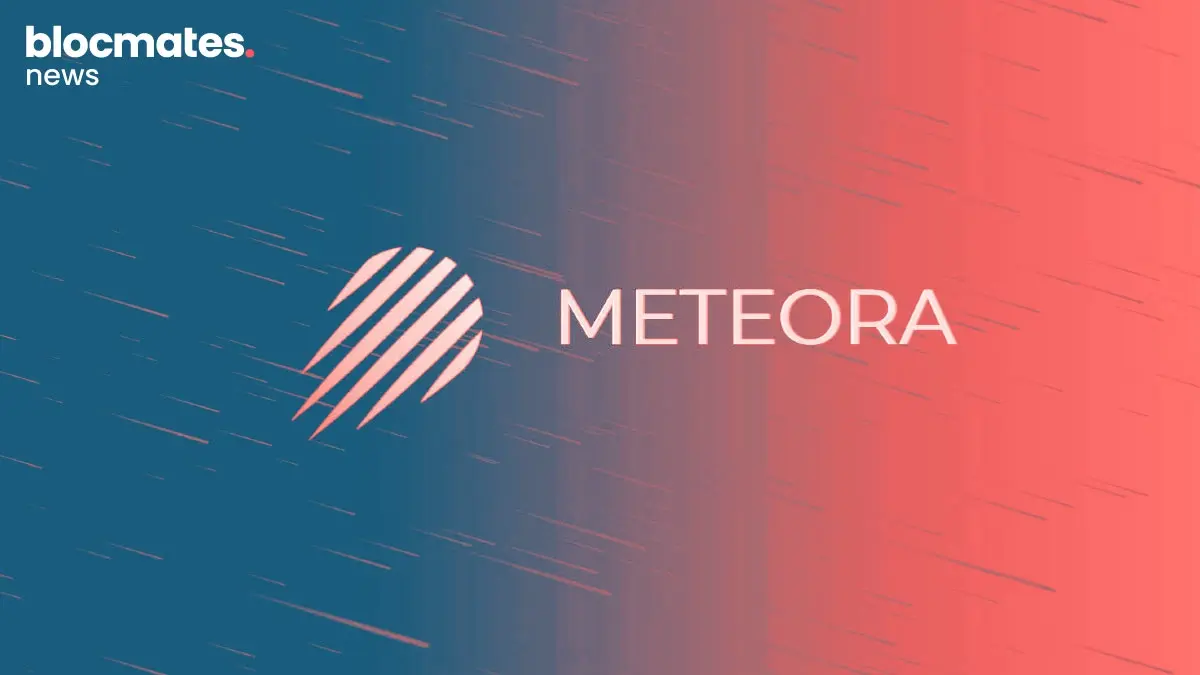


.webp)

.webp)


.webp)



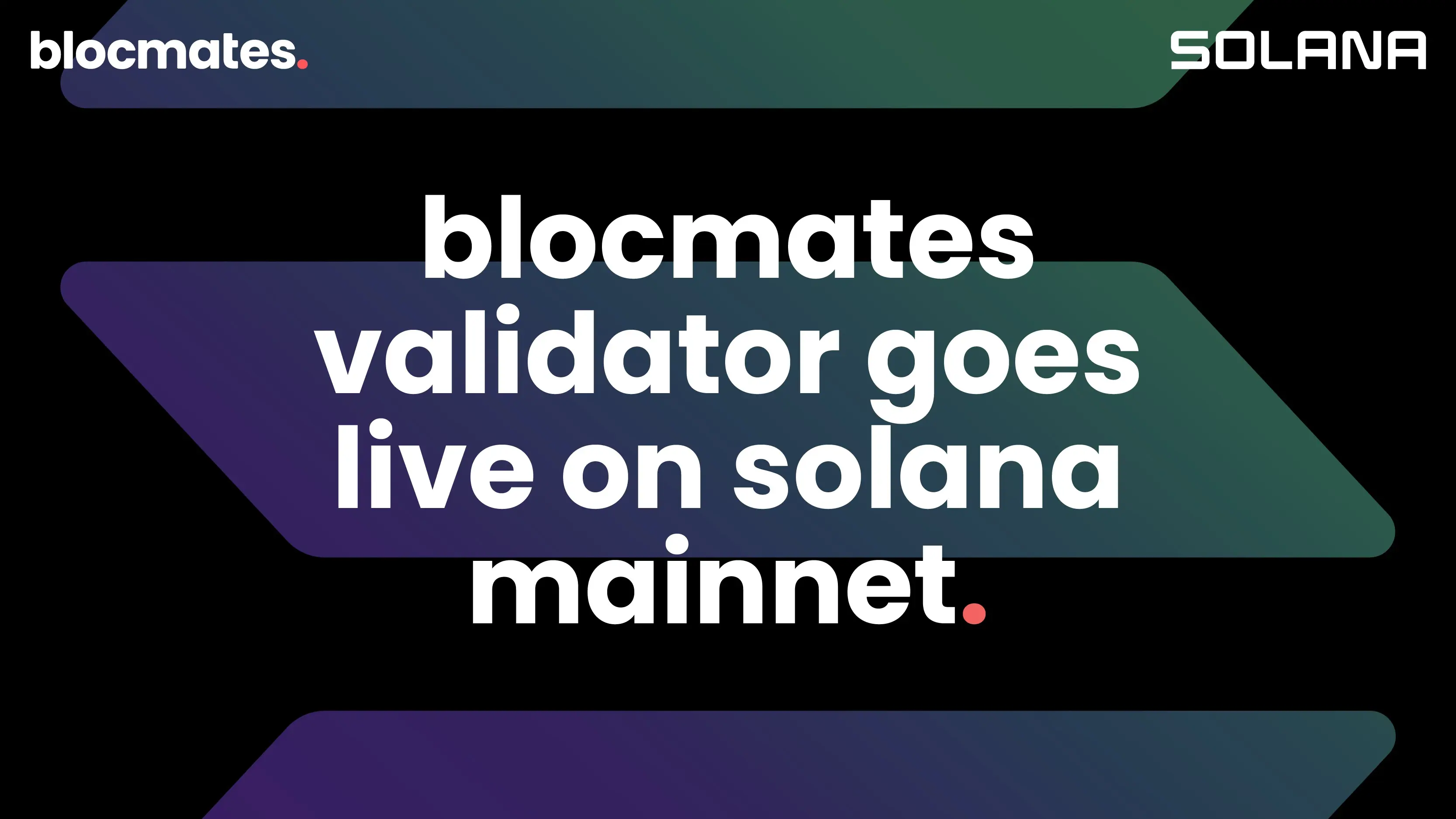




.webp)
